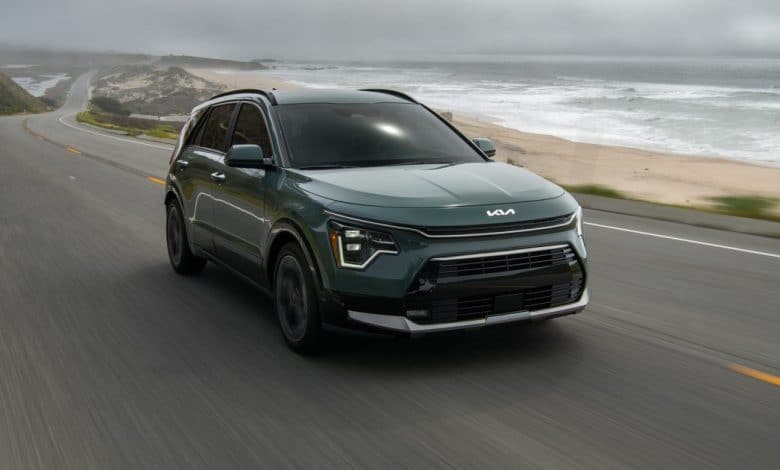The Kia Niro EV 2023 will not be more expensive than before

If the past is indeed a guarantor of the future, the last few months say a lot about the upcoming increase in the prices of new vehicles. The Kia Niro EV 2023 in addition to being entirely redesigned, seems however to contradict this saying, since its base price will be around the $45,000 mark, before transport and preparation costs, according to Kia Canada.
worth its weight in gold
At first glance, the 2023 Niro EV seems like a bargain compared to its current 2022 version. First of all, it has been completely redesigned, and it also benefits from a longer range than before.

This greater autonomy is attributable to the reduced weight of the 2023 model year, when the same 64.8 kilowatt-hour battery is found under the floor. In 2022, 385 kilometers could be traveled on a full charge, while this figure rises to 407 for 2023. The car regains 80% of its charge in less than 45 minutes when it is plugged into a level 3 terminal, and less than seven hours are required when it is plugged into a level 2 charging station.
The cabin is also completely modernized for 2023, while a new version of the infotainment system is now offered as standard. A 4.2-inch screen is placed behind the steering wheel, and a second 8-inch screen is affixed to the dashboard; however, it is possible to equip the vehicle with a 10.25-inch screen.
Kia claims that the new Niro EV offers a luxurious, state-of-the-art cabin that incorporates recycled materials without animal materials. The dimensions of the vehicle have been reworked, which leaves more space for the occupants of the cabin.
If Kia Canada’s announcement made just a few weeks ago isn’t tweaked along the way, consumers will be treated to a whole lot new for 2023, without having to shell out more money to get those upgrades.

Uptrend
There are many economic indicators pointing to an approaching recession, and recession means rising interest rates. This increase is not only directly observed in the financing rate that consumers pay when buying or leasing a vehicle, but also in the base price of the vehicle.
The auto industry relies heavily on bank loans to fund its operations, and a rise in interest rates also means higher operational (or production) costs for individual automakers. . This increase in costs naturally translates into an increase in the selling price of the various vehicles.












